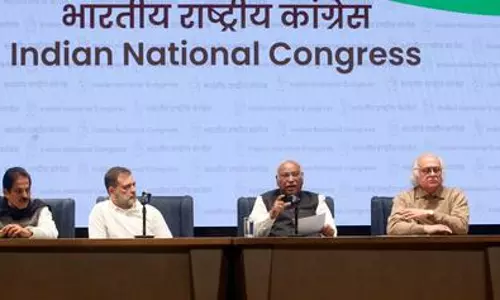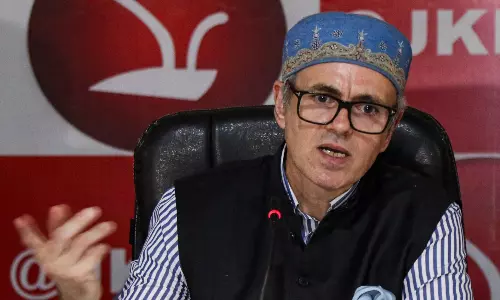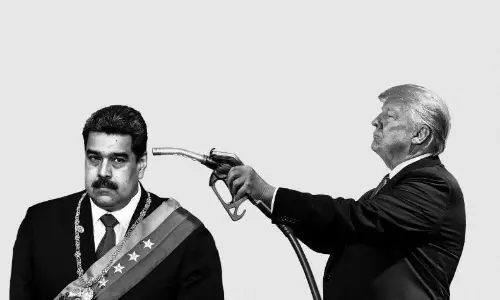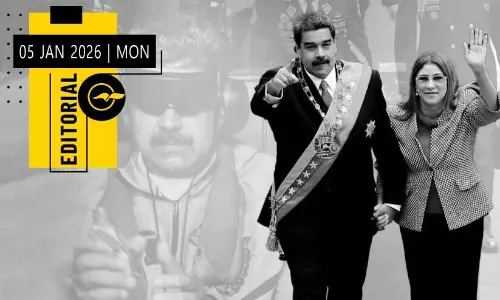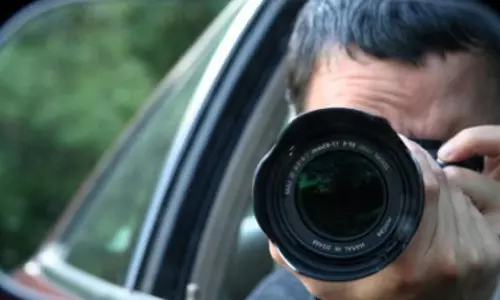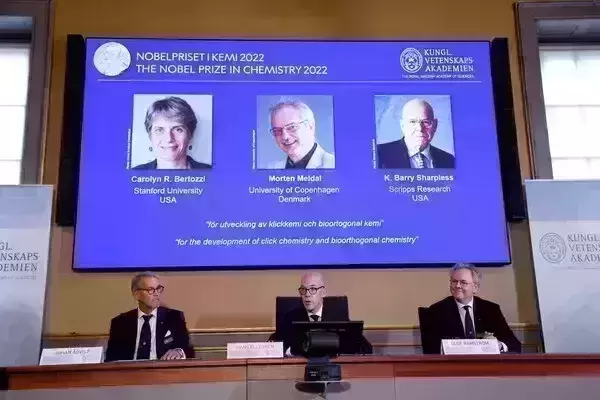
Chemistry Nobel Prize goes to three for click chemistry and snapping molecules together
text_fieldsStockholm: The Nobel Prize for chemistry was awarded to a trio of American and Danish chemists for laying the foundation for a more functional form of chemistry. Their work can have crucial applications in treating and diagnosing illnesses.
American scientists Carolyn Bertozzi and Barry Sharpless along with Denmark's Morten Meldal were honoured for the "development of click chemistry and bioorthogonal chemistry." The Royal Swedish Academy of Sciences said that the trio is being honoured for developing an ingenious tool for building molecules. It is about making difficult processes in chemistry easier.
The Nobel committee said the three chemists have been working independently since 2000 with the goal of linking molecules.
"Click chemistry and bioorthogonal reactions have taken chemistry into the era of functionalism," said the Academy. Click chemistry is used in the development of pharmaceuticals, for mapping DNA, and for creating materials fit for particular purposes. Researchers have used bioorthogonal reactions to improve cancer treatments.
Johan Aqvist, the chair of the chemistry committee, told New York Times that click chemistry is about snapping molecules together. "Imagine that you could attach small chemical buckles to different types of building blocks. Then you could link these buckles together and produce molecules of greater complexity and variation."
Professor Carolyn Bertozzi of Stanford University started using click chemistry in living organisms and proved bioorthogonal reactions take place without disrupting the normal chemistry of the cell. The 55-year-old also coined the term 'bioorthogonal chemistry' for chemical reactions compatible with living systems. She is working on the synthesis of chemical tools and how they impact diseases like cancer, inflammation, and viral infections like Covid-19.
81-year-old Sharpless has joined the list of double laureates as he was awarded the chemistry prize in 2001 as well. He and Meldal made it possible for molecular building blocks to snap together quickly and efficiently. He also coined the term "click chemistry" in 1998 which involves a set of highly selective, exothermic reactions which occur under mild conditions. He works at Scripps Research and is known for stereoselective reactions - asymmetric synthesis. In 2001, he won the Nobel Prize for working on "chirally catalysed oxidation reactions".
Danish chemist Morten Meldal, a professor at the University of Copenhagen, is known for developing the CuAAC-click reaction. His team has published over 250 articles and has filed 20 patents covering areas both in organic and bioorganic chemistry.






